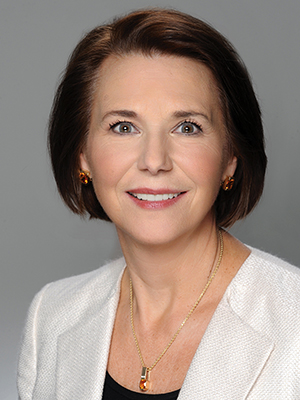 Linda P. Erickson
Linda P. EricksonLinda P. Erickson, CFP®, is the president of Erickson Advisors and a registered principal offering securities through Cetera Advisor Networks, LLC, 336-274-9403 lindae@ericksonadvisors.net.
Investors, particularly retired investors, are starving – for higher interest yield on their portfolio holdings. I did a Google search of banks in Greensboro on August 18 and found two-year CD’s offering between one and two percent annual interest. At two percent, you would require over $2.5 Million in CD’s to earn $50,000 to live on.
The most recent market pullback, piled on top of the market crash of 2008, has left investors with diminished nest eggs. Pulling more money from your capital base is not the answer as that will only further diminish your ability to generate income.
As grim as this picture is, I suggest there is an opportunity here. Over the past 65 years, the average inflation rate of 3.93 percent has been more than offset by the 6.29 percent average increase in the cash dividends paid by the Dow Jones Industrial Average Index (WBI Investments White Paper 2011, Retiring with Dividends).
Of course, if you have the luxury of time – time to accumulate capital, you have two forces working for you. You have the “miracle” of compounding and the multiplier of dividend reinvestment. In accumulation, as your number of shares increases, so does the amount of dividends you may receive, thus driving the share balance even higher. Retired investors need income now, however, not in the future. Dividend portfolios in the here and now have the potential to generate return from price appreciation as well as from dividends. Even without price appreciation (maybe in the face of price decline), dividend portfolios still generate income. Moreover, the dividends paid may increase over time, helping to offset the rising costs of living.
The current dividend rate on the S&P 500 Index is 2.05 percent (data reported in Google search supplied by Standard and Poor’s and Robert Shiller). BankRate.com reported on August 15 that the interest paid on Five Year Treasury Notes is .99 percent. Of course, one cannot invest in an Index directly; you can, however, invest in individual blue chip stocks. When we compare this S&P 500 Index dividend rate with the two-year CD rate or the Five Year Treasury rate, we see a rare opportunity to acquire a potentially rising asset with a yield that is greater than an asset that will simply return your money at the end of the term. Of course, guaranteed return of principal is a most important consideration. Bank CD’s and Treasury securities come with guarantees; blue chip stocks do not. That is where diversification comes in.
You remember the old adage: Don’t put all of your eggs in one basket. I recommend that clients put money that they will need in the next two to three years into CD’s and Money Markets, paying attention to the maturity dates that will be required. The rest of the nest egg should be invested in a diversified portfolio that includes: bonds, international investments, and a dividend-based stock portfolio.

